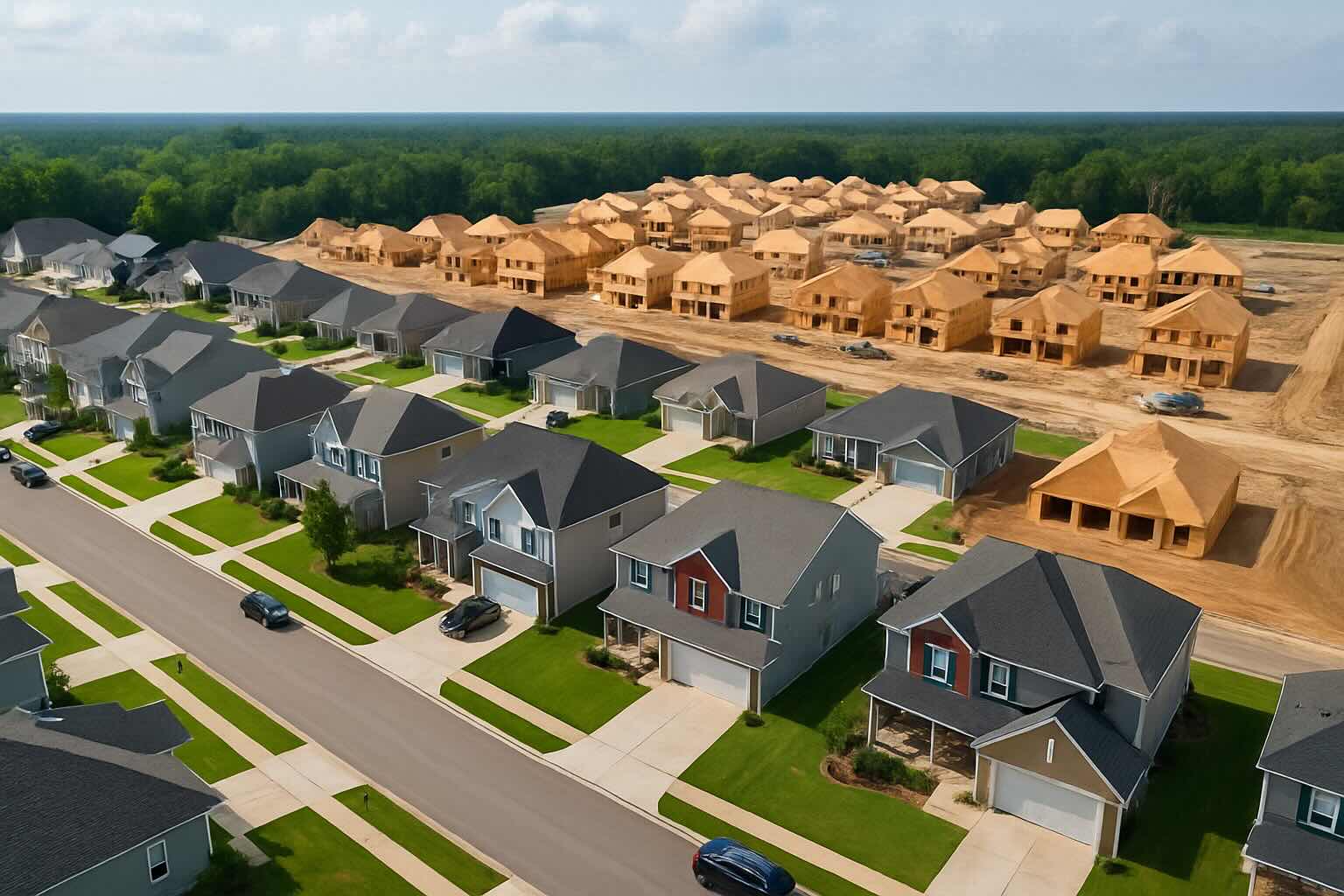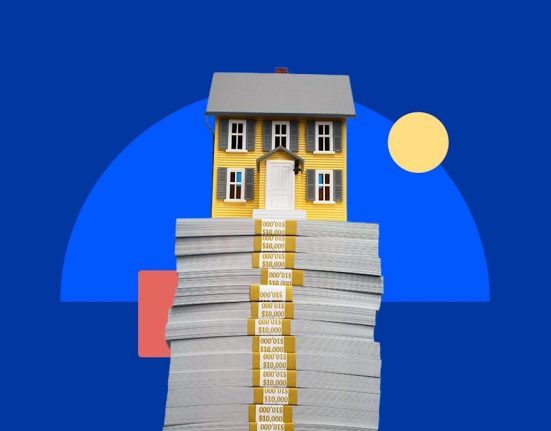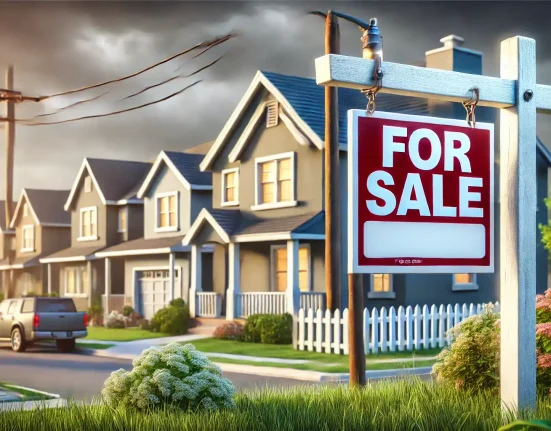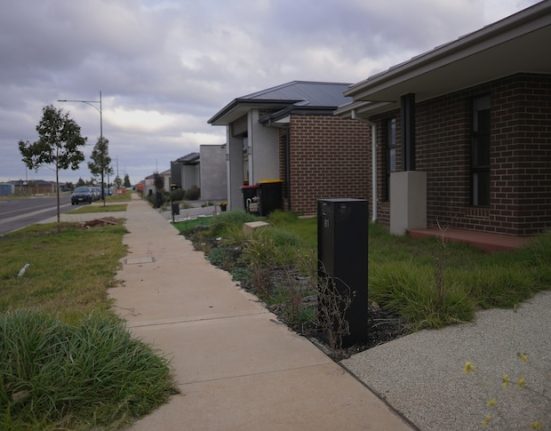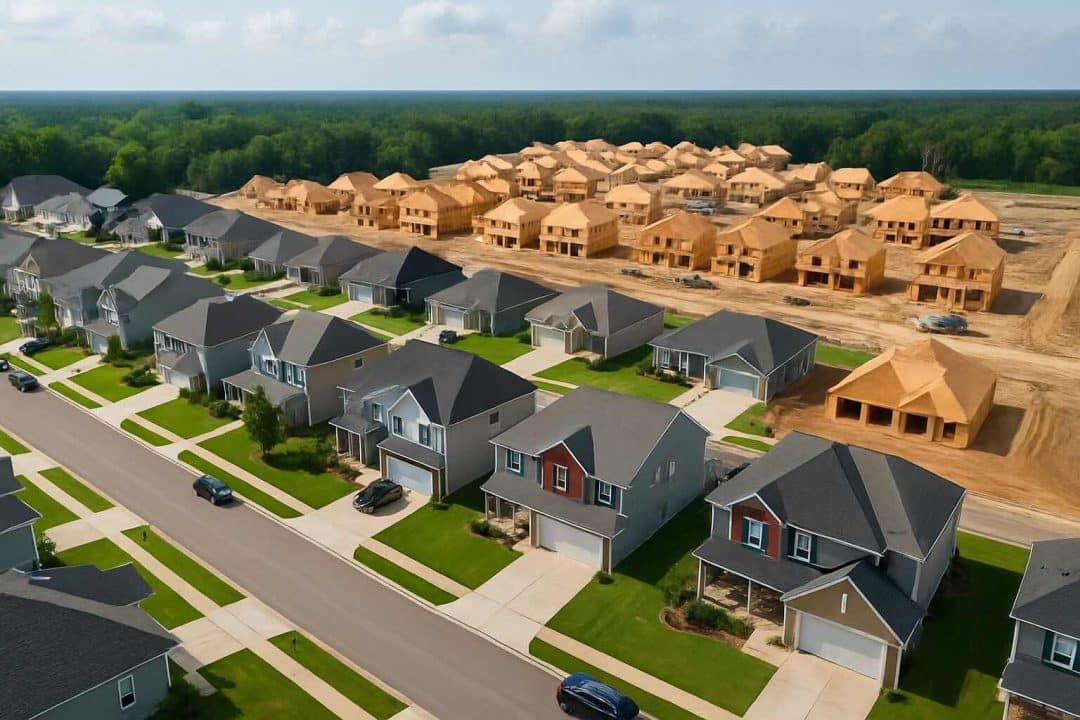

The U.S. housing market is flashing red lights, and one economist says it could be a sign of broader economic trouble ahead.
With mortgage rates holding steady near 7%, housing activity across the country is slowing down—dragging down sales, new home construction, and price growth. According to Moody’s Analytics Chief Economist Mark Zandi, the trend could evolve into a “full-blown headwind” for the U.S. economy.
Home sales, building, and prices all slowing
Home prices are now projected to grow at their slowest pace in 14 years, based on analysis from Goldman Sachs. The combination of high borrowing costs and affordability pressures is leading more would-be buyers to the sidelines.
Zandi called current housing conditions “a red flare,” warning that persistently high mortgage rates are putting serious pressure on what has long been a foundational pillar of the U.S. economy.
Key developments:
- Mortgage rates: Averaging just under 7% nationwide
- Home price growth: Slowest pace since 2011
- Homebuilding activity: Flattening after initial post-pandemic surge
- Economic risk: Housing could shift from a growth engine to a drag
What’s driving the downturn?
Several key factors are contributing to the slowdown:
- Federal Reserve policy: Elevated interest rates are keeping mortgage rates high.
- Affordability crisis: Skyrocketing home prices during the pandemic have outpaced income growth.
- Builder caution: Developers are pulling back due to demand uncertainty and rising costs.
- Buyer’s fatigue: Many potential homeowners are priced out or choosing to wait.
What it means for the broader economy
The housing market traditionally plays a central role in economic growth through construction, consumer spending, and financial services. A slowdown in housing could ripple outward, curbing demand for labor, materials, and goods.
“High mortgage rates are now impacting not just affordability, but also confidence,” Zandi noted. “If these trends continue, the sector could act as a brake on overall economic momentum.”
What happens next?
Analysts say much depends on the Federal Reserve’s next moves. If inflation cools and interest rates come down, mortgage rates could ease and help revive demand.
Until then, experts advise:
- Buyers: Wait for rates or prices to soften, unless a deal fits your long-term needs.
- Sellers: Price competitively and be prepared for longer selling times.
- Builders: Focus on smaller or more affordable homes to meet real-time demand.

